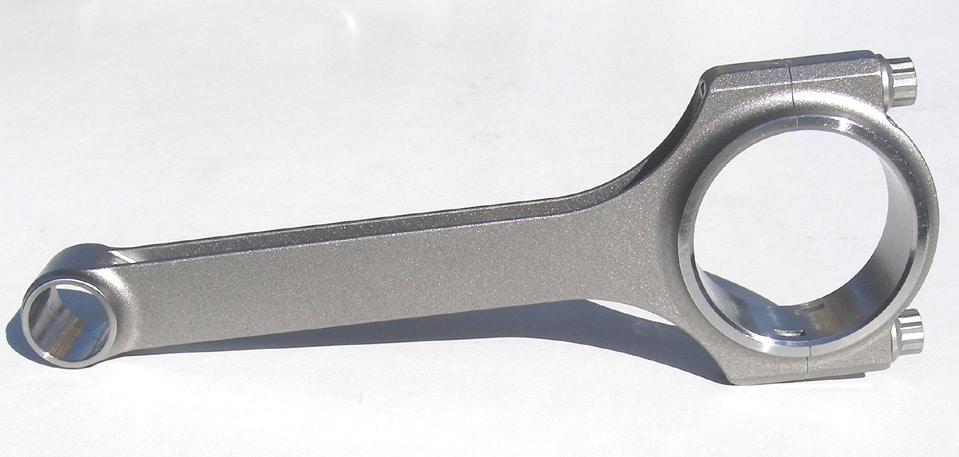Well Guys some good news and some not so good news. The oil being pumped out of the Timing cover which I incorrectly assumed to be a high pressure problem was actually due to the timing chest just filling up with oil. Why did it do this? Well, as we were not allowed to ride during our lockdown, I had to be content with just letting the bike idle. I was doing this about a month back and the engine nipped up - I heard it so immediately killed the spark. The next morning however the engine was loose again, so I poured some oil down the LHS plug hole and fired it up - which it did nice and easily. I continued to start the bike on the odd occasion, when about a week ago it nipped up again on idle. Same story - once it had cooled off it fired up ok. I must also mention at this stage that the bike really has no compression - I understand that these engines are only around 7:1 but this still felt really low - you could actually crank over the kickstart by hand. So long story short - our lockdown was extended so I figured I have the time, lets whip off the head and barrel, see why the CR is so low, and also check the piston to bore clearance which I assumed was where the nipping up was taking place.
What I found was not pretty. The previous engine builder had broken an oil ring on assembly, and had just put a new one in, without removing the broken one. You could see the part i fished out of the engine was brand new. Unfortunately, some debris had passed through the oil passages, and blocked up the lubrication hole in the crankshaft for the LHS Cylinder. So with the Oil pump pumping merrily away, and the pressure building, it just filled up the timing cover and pumped out of every small orifice it could find. It took 8bar of compressed air and lots of carb cleaner to finally blow the oil passages in the Crankshaft open.
The only good news out of this situation is that because I was only ever iding the engine, there is almost no damage to the crank journal so I might be able to get away with new shells - but I iwill give it a good measure confirm this. And of course I get to check the low CR - of which I have a question:
The piston to bore clearance is in spec, the rings gaps are still good (I might replace them as a matter of course), and the valves are all sealing nicely. The head has lovely domed combustion chambers, but I have flat topped pistons so the squish area is really big. Given that we can get 95 Octane fuel here in SA easily, would there be any merit in skimming the head slightly to increase the CR? And if so, how much?

